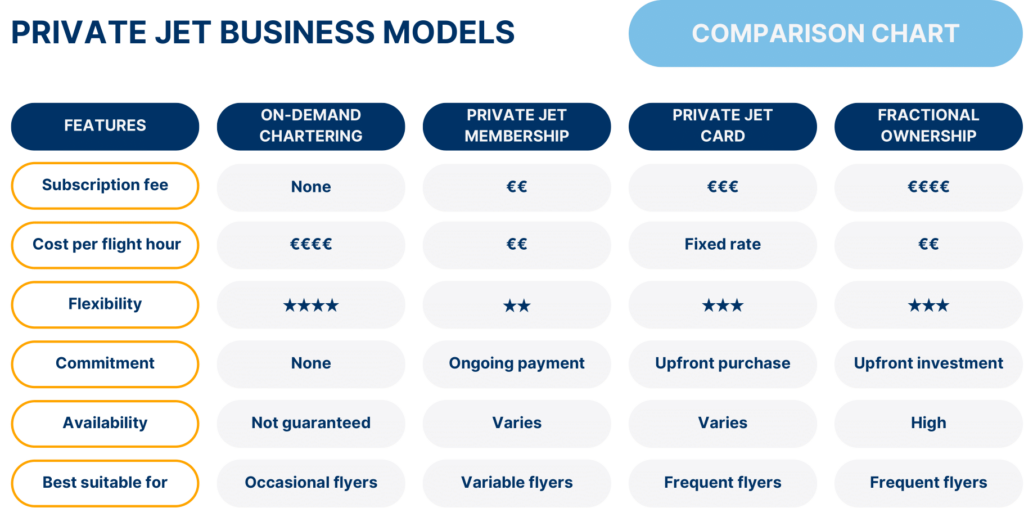
karinepvc52667
About karinepvc52667
Private Jet Flight: An In-Depth Study on Luxurious Travel And Its Implications
Introduction
Private jet flights have turn out to be synonymous with luxurious, comfort, and exclusivity. This study goals to explore the multifaceted aspects of private jet travel, including its operational dynamics, economic implications, environmental concerns, and the evolving market traits. Because the demand for personalized travel experiences grows, understanding the nuances of private aviation is important for stakeholders within the industry.
The Operational Dynamics of Private Jet Flights
Private jet flights operate below a special framework compared to business airlines. They provide flexibility in scheduling, allowing passengers to fly to a variety of destinations, typically on quick notice. The operational mannequin of private aviation includes several elements:
- Aircraft Varieties: Private jets range from small turboprops to massive, long-vary jets. The choice of aircraft often depends on the space to be traveled, the number of passengers, and specific amenities required. Fashionable fashions include the Gulfstream G650, Bombardier Global 7500, and Embraer Phenom 300.
- Flight Planning: Unlike business flights, private jets can make the most of smaller airports and private terminals, reducing journey time considerably. Flight planning includes considering factors reminiscent of weather circumstances, air visitors, and fuel availability.
- Crew and Services: Private jet flights typically provide a high level of customized service. Crews are educated to cater to the particular wants of passengers, which can embrace gourmet catering, in-flight leisure choices, and tailored journey arrangements.
- Regulatory Compliance: Private jets must adhere to aviation rules, which differ by country. Operators must ensure compliance with safety requirements, pilot certifications, and upkeep necessities.
Economic Implications of Private Jet Travel
The private jet industry represents a significant section of the worldwide aviation market. The economic implications of private jet travel are multifaceted:
- Market Progress: The worldwide private jet market was valued at roughly $24 billion in 2020 and is projected to grow at a compound annual development fee (CAGR) of around 5% through 2027. Elements driving this growth embrace growing disposable incomes, a rise in high-internet-worth people, and the demand for environment friendly enterprise travel.
- Price Analysis: The price of private jet travel can differ widely based on the kind of aircraft, duration of the flight, and additional providers. Chartering a private jet can vary from $1,200 to $8,000 per flight hour, while possession entails significant upfront prices and ongoing expenses comparable to maintenance, insurance, and crew salaries.
- Job Creation: The private aviation sector creates quite a few jobs, from pilots and cabin crew to upkeep technicians and ground assist employees. The industry also helps ancillary providers, including gas suppliers, catering firms, and logistics providers.
Environmental Considerations
As awareness of local weather change and environmental sustainability grows, the private jet business faces scrutiny regarding its carbon footprint. Key concerns embrace:
- Emissions: Private jets emit significantly extra greenhouse gases per passenger than business flights. As an illustration, a research by the Worldwide Council on Clear Transportation found that private jets emit as much as 14 times extra CO2 per passenger mile than commercial aircraft.
- Sustainability Initiatives: In response to environmental issues, the private aviation trade is exploring sustainable aviation fuels (SAFs) and extra efficient aircraft designs. Companies are investing in research to develop greener applied sciences, similar to electric and hybrid aircraft.
- Offset Applications: Many private jet operators provide carbon offset applications, allowing passengers to invest in projects that scale back greenhouse gasoline emissions. These initiatives aim to mitigate the environmental influence of private jet travel.
Evolving Market Trends
The private jet market is continually evolving, influenced by technological advancements and altering shopper preferences. Notable trends embrace:

- On-Demand Providers: The rise of digital platforms has remodeled the way in which consumers ebook private jet flights. Corporations like JetSuiteX and Wheels Up supply on-demand companies, allowing passengers to guide flights by way of cell apps and web sites, enhancing comfort and accessibility.
- Fractional Possession: Fractional possession programs have gained popularity, permitting people to buy a share of an aircraft fairly than owning it outright. This mannequin provides entry to private jets at a decrease value and is appealing to those who fly infrequently.
- Luxury Experiences: As competitors increases, private jet operators are specializing in providing unique luxury experiences. This includes bespoke catering, customized in-flight entertainment, and exclusive ground services, catering to the expectations of high-net-worth purchasers.
- Health and Security: The COVID-19 pandemic has heightened awareness of health and security in air journey. Private jet flights supply a managed environment, minimizing publicity to massive crowds and enhancing passenger security. For more in regards to privatejetscharter.review stop by our own website. This has led to a surge in demand for private aviation as travelers prioritize well being concerns.
Conclusion
Private jet flights symbolize a unique section of the aviation industry, characterized by luxurious, convenience, and complexity. Whereas the economic implications of private aviation are vital, the business should handle environmental issues and adapt to evolving shopper preferences. As the market continues to grow, stakeholders should steadiness the demand for personalized travel experiences with the necessity for sustainability and responsible practices. Understanding these dynamics is crucial for navigating the way forward for private jet travel.
References
- Worldwide Council on Clear Transportation. (2020). ”Greenhouse Fuel Emissions from Industrial Aviation.”
- MarketsandMarkets. (2021). ”Private Jet Market by Aircraft Type, Software, and Region – International Forecast to 2027.”
- Enterprise Aviation Coalition for Sustainable Aviation Gas. (2021). ”Sustainable Aviation Gas: The way forward for Business Aviation.”
- Jetset Journal. (2022). ”The Evolution of Private Jet Travel: Trends and Improvements.”
No listing found.

